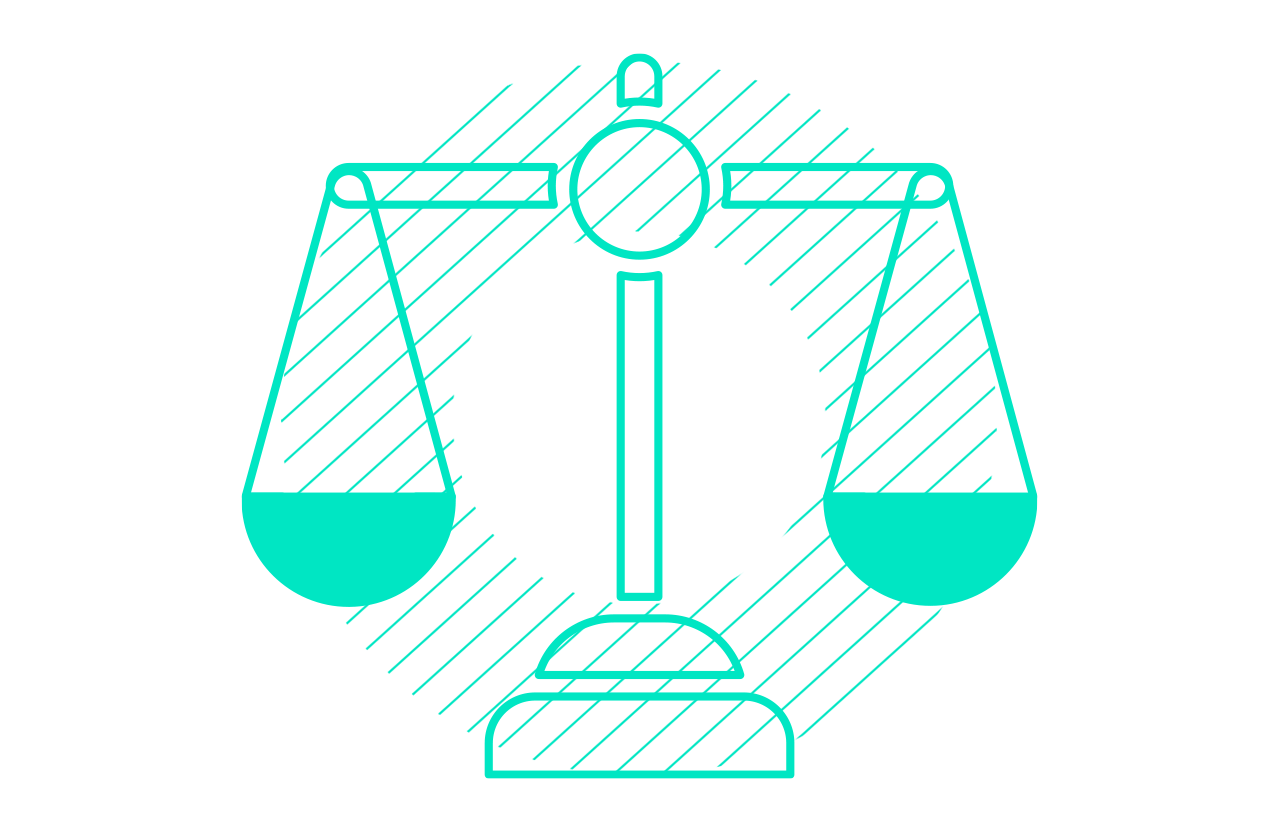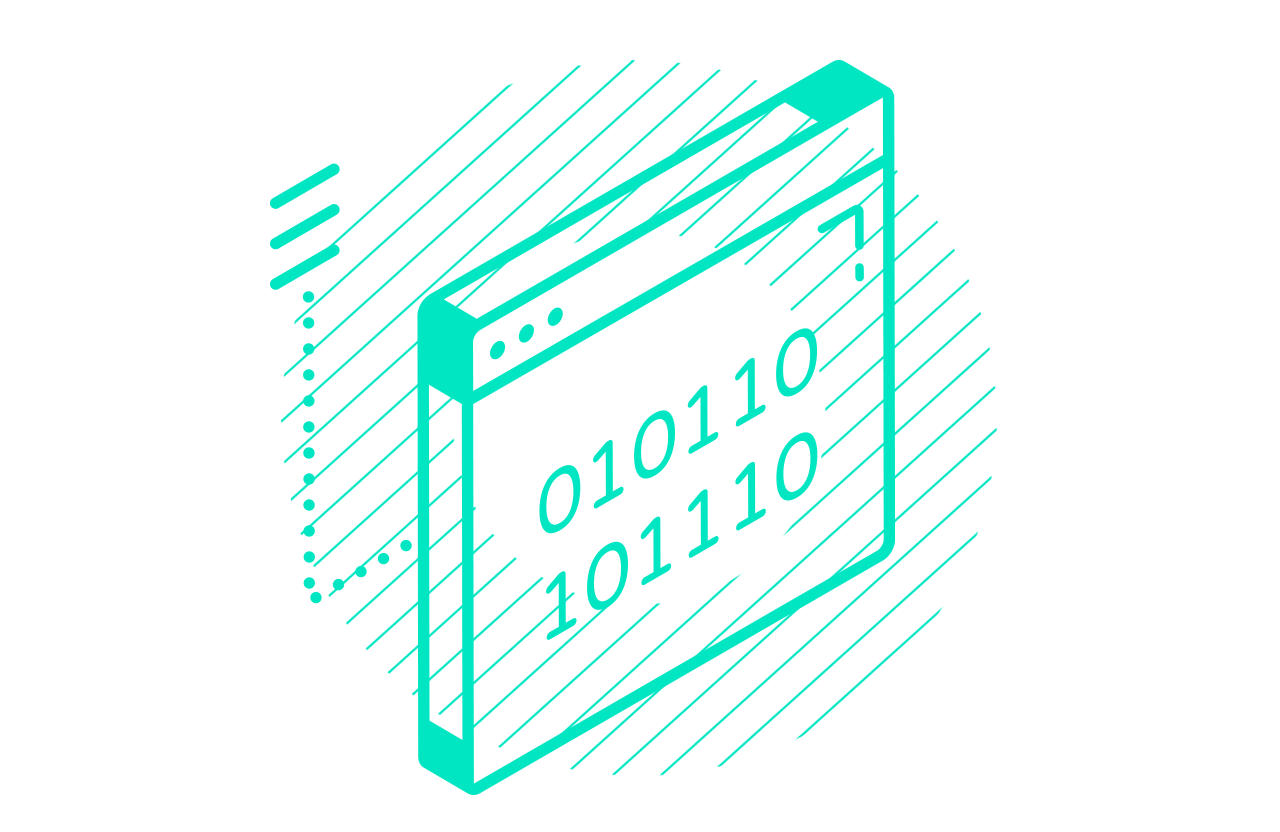What issue can we solve for you?
Type in your prompt above or try one of these suggestions
Suggested Prompt



Energy & Commodities
Part 1: Efficiency
Optimize and Streamline by Moving to a Cloud Ecosystem
Joseph Tabita
Executive summary:
- To maximize digital opportunities, energy companies must navigate cloud ecosystems to uncover new solutions, maximize storage, develop capabilities and enhance cost efficiencies
- Organizations should take the following into consideration as they prepare to migrate to the cloud: calculate costs, choose the right strategy, enhance customer experiences, select appropriate tools and recalibrate mindsets
Energy companies have rightly invested heavily in digitalization, and the move toward cloud promises to yield exceptional performance gains. The move toward cloud is not as simple as unplugging from old processes and plugging into the new. Energy trading organizations must learn to navigate the cloud ecosystem to maximize digital opportunities. Here are five considerations for cloud migration.
Calculate costs: capital expenditures versus operating expenses
To achieve business objectives that lie behind a digital transformation, energy organizations must consider financial shifts. Capital expenditures (CAPEX), long-term expenses, operating expenses (OPEX) and day-to-day expenses have shifted. In the past, building an in-house data center demanded significant upfront expenses, and companies amortized this cost over time. Conversely, the financial dynamics of cloud infrastructure require little or no upfront capital expenditure for data center construction.
It is not uncommon to find huge data centers being used at only 25 percent capacity.
The elasticity of cloud native applications can contribute significant cost savings. But many energy companies have not taken advantage of this. After lifting and shifting existing systems to the cloud, companies are finding that operational costs can skyrocket. Data centers from the pre-cloud era needed to be sized for peak load to avoid performance issues at peak times. It is not uncommon to find huge data centers being used at only 25 percent capacity. When an energy company moves functionality to a cloud-native solution, it is now only paying for actual usage in a pay-as-you-go model. Organizations often overlook this critical difference—until they get the cloud bill. “Lift and shift” applications not built for the cloud but hosted there in an infrastructure as a service (IaaS) model can be costly, effectively running continually at peak load 24 hours a day.
Organizations can avoid this high usage cost by choosing the right technology strategy. A cloud-native solution automatically provisions what it needs to run as load increases and when usage diminishes. This is known as elasticity and is one of the key cost advantages of cloud native solutions. Choosing the right solutions enables the company to achieve maximum cost efficiency and is discussed in more detail below.
Organizations can avoid this high usage cost by choosing the right technology strategy.
Make a decision
There are many moving parts and decision points navigating the cloud ecosystem and energy trading platforms. The Publicis Sapient 6Rs of Cloud Migration is one framework that analyzes the moving parts of the business and helps to collaborate with stakeholders on decision points. The 6R framework helps companies decide what to do with their application portfolio and choose the best strategy on an application-by-application basis.
Improve the experience
Consumers have come to expect software to be intuitive and to require no explicit learning curve. Enterprise software still has a long way to go in this respect. As a result, experience technology and modern design thinking techniques are essential and integral to the digital transformation process. The concept of a “single pane of glass”—a common, intuitive digital experience across the energy technology landscape—is being discussed by technologists and designers at energy companies today. It’s an area with great potential for value creation.
The Publicis Sapient LEAD framework embodies this concept. Energy users expect great experiences, and great experiences evoke four qualities: Light, Ethical, Accessible and Dataful. This integration progresses the speed, timeliness and responsiveness of energy organizations to their clients and customers.
-

Light
Speed, timeliness and responsiveness to clients and customers

Ethical
Enables truthful, transparent experiences

Accessible
Enables frictionless inclusion

Dataful
Provides data-driven insights, predictions and recommendations
Choose the right tools
Cloud providers now offer a far more powerful toolset for building software than what is available on-premise and at a fraction of the cost. In particular, powerful AI-driven technologies, such as Azure Cognitive Services, bring AI within reach of developers without requiring machine learning expertise. Examples include tools like Form Recognizer which uses advanced image recognition that can retrieve data from images of invoices or other business forms, and natural language processing and speech recognition for building chatbots or analyzing sentiment in text. Cloud infrastructure also provides greater storage and computing capabilities.
Energy and commodity groups that lift and shift existing software to the cloud are using IaaS. They are replacing their data centers with other data centers that belong to Microsoft, Amazon or Google. On the other hand, organizations building software applications from the ground up or reimagining existing applications can take advantage of powerful cloud-native capabilities and fall into the platform as a service (PaaS) and software as a service (SaaS) categories.
All cloud deployment models—IaaS, PaaS or SaaS—provide utility-style pay-as-you-go billing. IaaS deals with servers, storage and networking. Although these resources work just like their physical equivalents in a traditional data center, they are provided by cloud software and billed per use. PaaS works at a higher level, providing software services aimed primarily at software developers, providing powerful cloud-based capabilities used to build cloud-native applications. Both can provide cost efficiencies for companies. PaaS allows for greater capabilities to build intuitive, efficient, robust and scalable in-house applications, and many companies find that this approach can quickly pay for the initial development costs. A SaaS model provides cloud-based applications targeting end users directly. An energy company typically licenses them fromsoftware providers, which could include the company’s own IT organization where the company’s developers use PaaS services to create internal SaaS offerings.
Involve the right mindset
There is a mindset associated with modern software development at odds with the thinking of traditional incumbents. Energy companies are experts at building and managing large physical assets such as refineries. They frequently operate as if the cloud is a data center run by a third party. This kind of outsourced thinking misses the fact that “infrastructure as code” provides the ability to materialize an enterprise-class data center simply by running a script using tools such as Terraform and Ansible. IT processes often remain unchanged after a data center migration.
Development teams accessing cloud resources continue to file tickets to the IT operations group, causing unnecessary delays. This is no longer needed with cloud, as what was once a physical device—such as a disk array or CPU rack—is now a piece of software and can quickly be provisioned by the team themselves, provided that appropriate governance is in place. Instead of focusing on tickets, IT organizations can use machine-enforced cloud policies to provide guardrails for development teams and ensure compliance with corporate standards and practices.
To change the mindset and make the most of cloud capabilities, organizations must think like digital natives.
From cost calculation to tool acquisition, the many considerations for moving to the cloud require forward-looking strategies. To change the mindset and make the most of cloud capabilities, organizations must think like digital natives. There are new ways of working emerging that can have a profound impact on the traditional operating processes and company culture. For example, going from idea to production in days rather than months; focusing on speed, quality and value; and working in small, autonomous multidisciplinary teams. Having a good cloud technology strategy will also help attract top tech talent. It will allow engineers and data professionals to improve their skills and keep the business at the forefront of tech capability.
Reach out today to learn how Publicis Sapient helps organizations unlock efficiency through cloud-based processes.
Related Articles
-
![]()
The Transformation Roadmap for Energy Trading Organizations
Digital transformation is a journey. Organizations can find their way forward by investing in efficiency, agility and growth.
-
![]()
Grow from the Inside Out
To thrive, energy trading companies must embrace a tech-driven identity to attract top talent and embrace digital ways of working
-
![]()
Harness the Power of Innovation
Energy trading companies can thrive in a rapidly evolving industry by maximizing value creation through innovative digital transformation strategies.
Related Reading
-
![]()
Reimagining Energy Supply, Trading and Risk
Microsoft-fueled energy Supply, Trading and Risk transformation prepares organizations for future challenges by modernizing systems and unlocking value.
-
![]()
How Next-generation Operating Models Will Affect Future Trading in the Energy Market
Volatility in the energy market presents an opportunity for trading organizations to upgrade their operating model.
-
![]()
Why Energy Companies Need a New Approach to IT
Read why today’s IT systems need to adapt quickly and cheaply, and how collaboration and agility are the secrets to success.










